Contributed by Dr Tan Swee Kheng, PhD
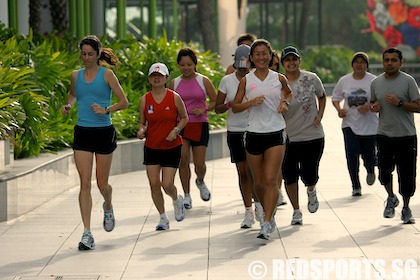
Running is probably one of the easiest sports. The only ‘equipment' you really need is a pair of running shoes. Having said that, you do not just need to have a pair of running shoes, you need a good pair that is appropriate for your foot type and running style.
Remember, the only thing that separates you from the ground when you are pounding on the road or sidewalks or trails, are your shoes. So do bear this in mind the next time you are tempted to choose color and/or fashion over the function of the shoes.
An appropriate pair of running shoes is essential to bring you through the distance and prevent you from sustaining unnecessary injuries. So how would you go about choosing an appropriate pair of running shoes for yourself?
For starters, you must know the ‘dynamic movement' of your foot when it comes in contact with the ground. I've coined the phrase ‘dynamic movement' because your foot is constantly in motion, adapting to the running surface you are running on. The part of the foot that comes in contact with the ground on impact and how your foot rolls after the initial contact would technically determine the kind of shoes you should buy. Of course, your running mileage and body weight would play a part in getting the right pair of shoes for you too.
How does your foot come in contact with the ground?
Heel Strikers
The back portion of your foot (your heel) comes in contact with the ground first and then the foot rolls onto the sole and pushes off from the ball of the foot for the next stride. Being a heel striker, you will introduce more shock to your knees and ankles as your leg will be fairly stiff on impact. Heel strikers tend not to make use of the natural shock absorbent properties of their arch and foot, which are the first areas of shock absorption during a run.
Recommended shoes:
Due to the reduced use of the natural shock absorbers of the arch and foot, it is recommended that running shoes with cushioned heel regions would help lessen the shock and impact on contact. Most cushioning shoes will provide the support.
Mid-foot Strikers
The mid section or the ball of your foot contacts the ground first during a run. The leg tends to flex on contact with the ground, introducing less stress on the knees minimizing pressure on the ankles.
Recommended shoes:
It is ideal to have running shoes with cushioning or padding in the mid section of the shoes. However, there are not many running shoes in the market with substantial mid-foot cushioning.
Forefoot / Toe Strikers
The front (closer to the toes) of the foot is the first to contact the ground. A forefoot striker will also have the leg flexed on contact to the ground causing less stress on the knees and ankle. The running form is much like that of a sprinter.
Recommended shoes:
Similar to mid-foot strikers, the shoes should have more cushioning or padding in the front section of the shoes to help with the shock absorption.
What is your foot type?
Neutral
Runners with neutral foot type have their foot roll inward evenly which is just enough to reduce the impact on contact. Cushioning shoes will be sufficient for runners with this foot type.
Pronators / Over-pronators
Pronators or over-pronators have their foot roll inwards too much such that the impact on contact to the ground is unevenly distributed and more impact is placed on the inside of the foot. Motion control shoes would be most ideal for runners whose foot pronates.
Supinators / Under-pronators
Supinators or under-pronators have their roll outwards more and hence, the impact is placed more on the outside of the foot. Cushioning shoes would be recommended.
Size of Shoes
Runners are well known to have ‘ugly' and bruised toes, on occasion with missing toe nails. If you are one of those, your shoes size may not be right for you. There should always be a space between your longest toes to the front of your shoes – usually half a thumb space would suffice or a finger space between your heel and the back of your shoes when you have your toes touching the front of the shoe. The reason for this space is that your feet will slide forward slightly (even if your shoes fit) as it contacts the ground and it will also expand a little during your run.
Running with you.
Swee.
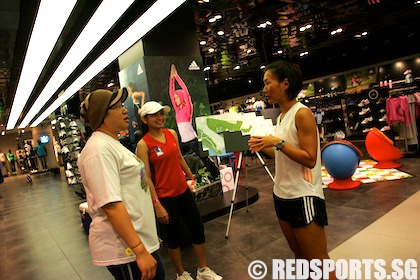
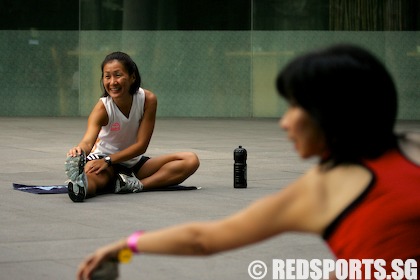
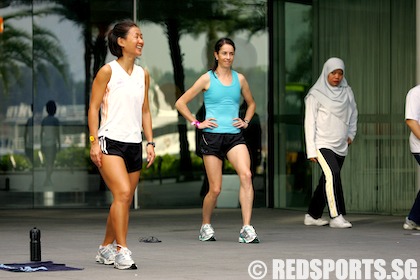
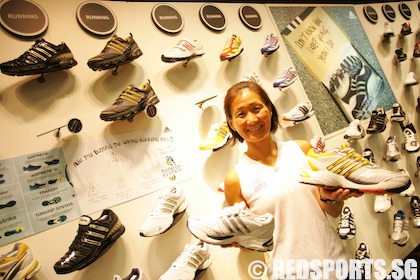
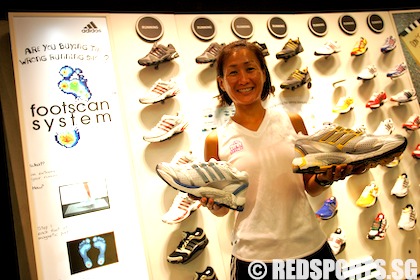
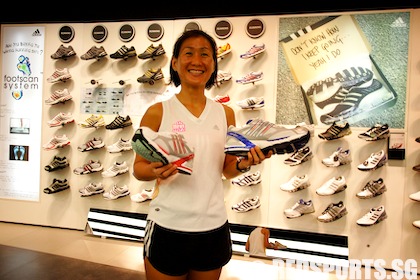
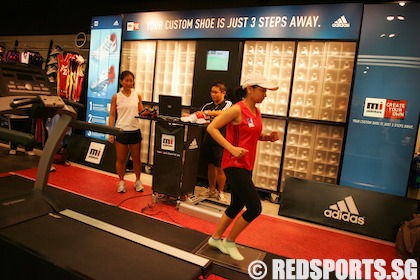
Dr Tan Swee Kheng is a Kinesiologist and movement specialist. She obtained her Doctorate of Philosophy in Kinesiology from Michigan State University, USA. Currently, Dr Tan conducts an exclusive running program just for women – The First Stride, designed to demystify training processes to help women achieve their running potentials. Recently, adidas has partnered with Dr Tan to offer free running sessions to women via the adidas Women's Run initiative.
Dr Tan was formerly a national hockey player who started playing hockey at the age of 8. She was part of the team that won the first and to date only gold medal for Singapore Women's Hockey during the 1993 South East Asian Games. Dr Tan retired from hockey in 1999 to further her studies in the USA.
Today, Dr Tan still maintains her competitiveness in sporting events such as marathons, biathlons, and triathlons. She has run several local and overseas marathons including the 2002 Boston Marathon in Massachusetts, USA, and has taken part in several local biathlons and triathlons. Dr Tan is also a one-time Ironman finisher.

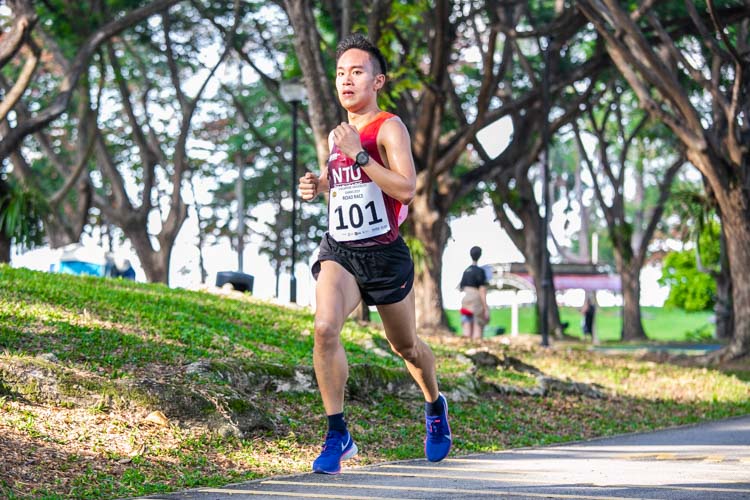
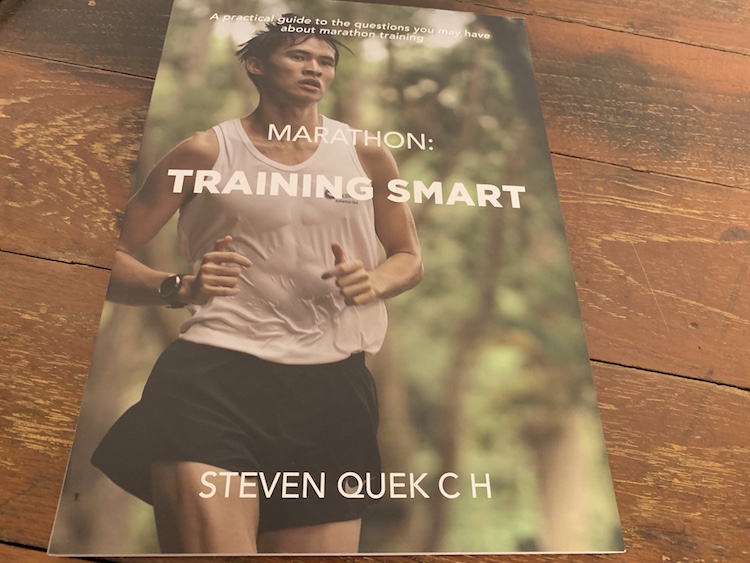
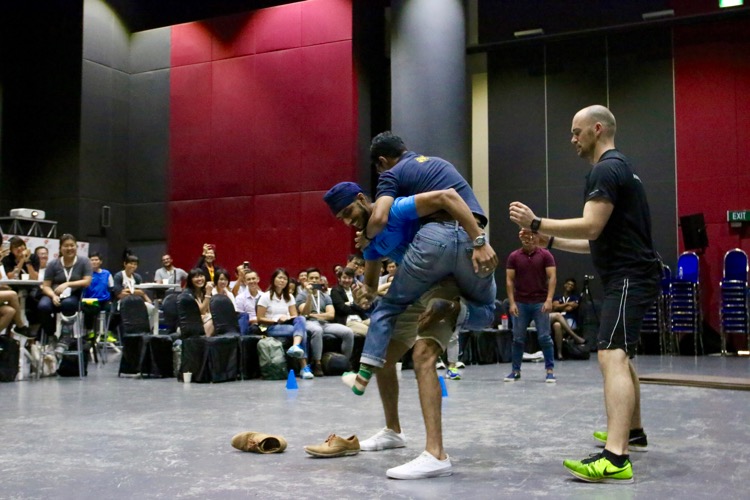



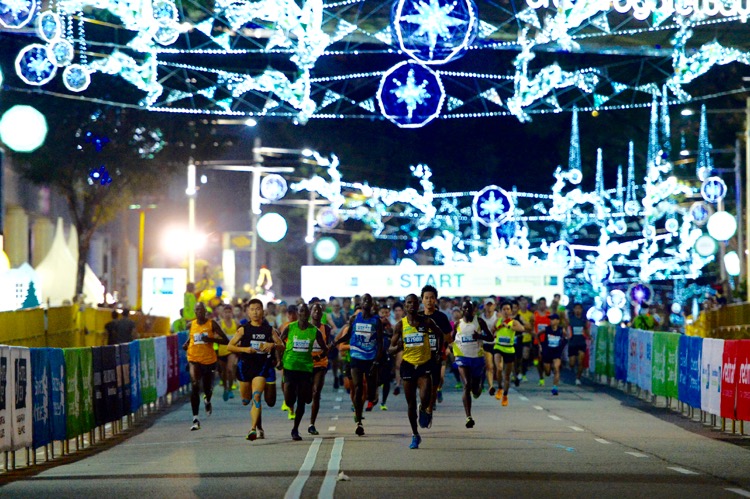
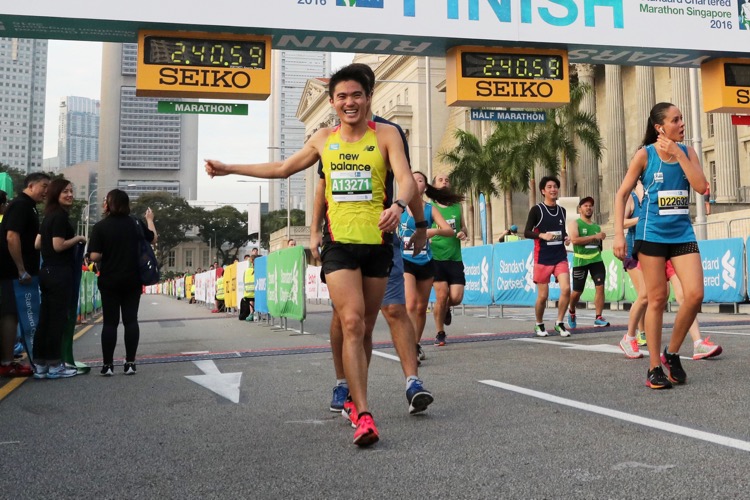
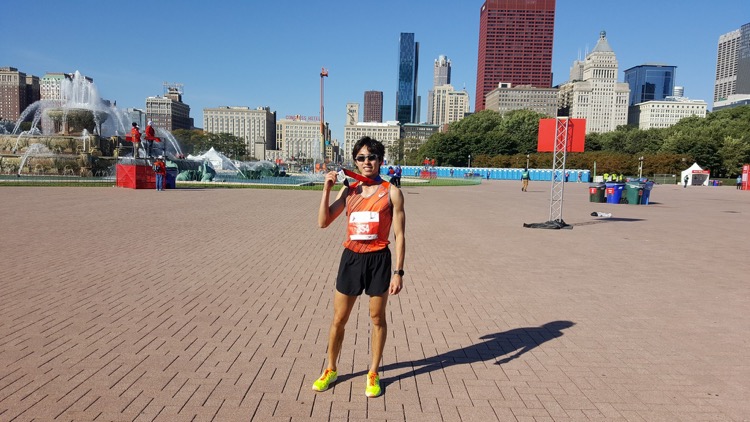
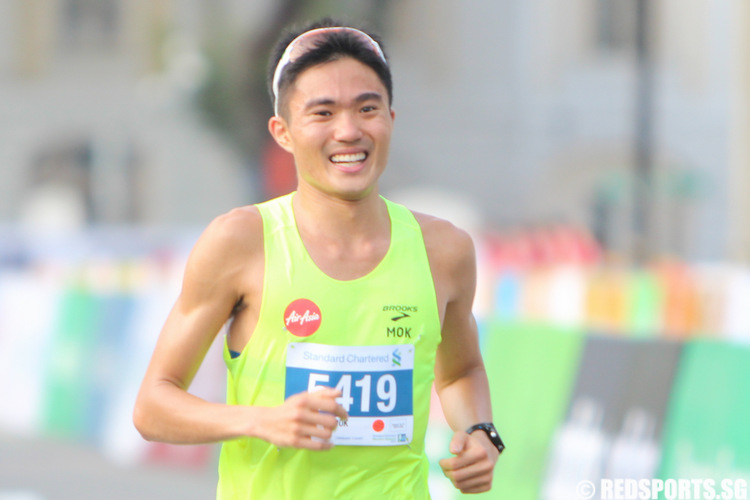
Leave A Comment